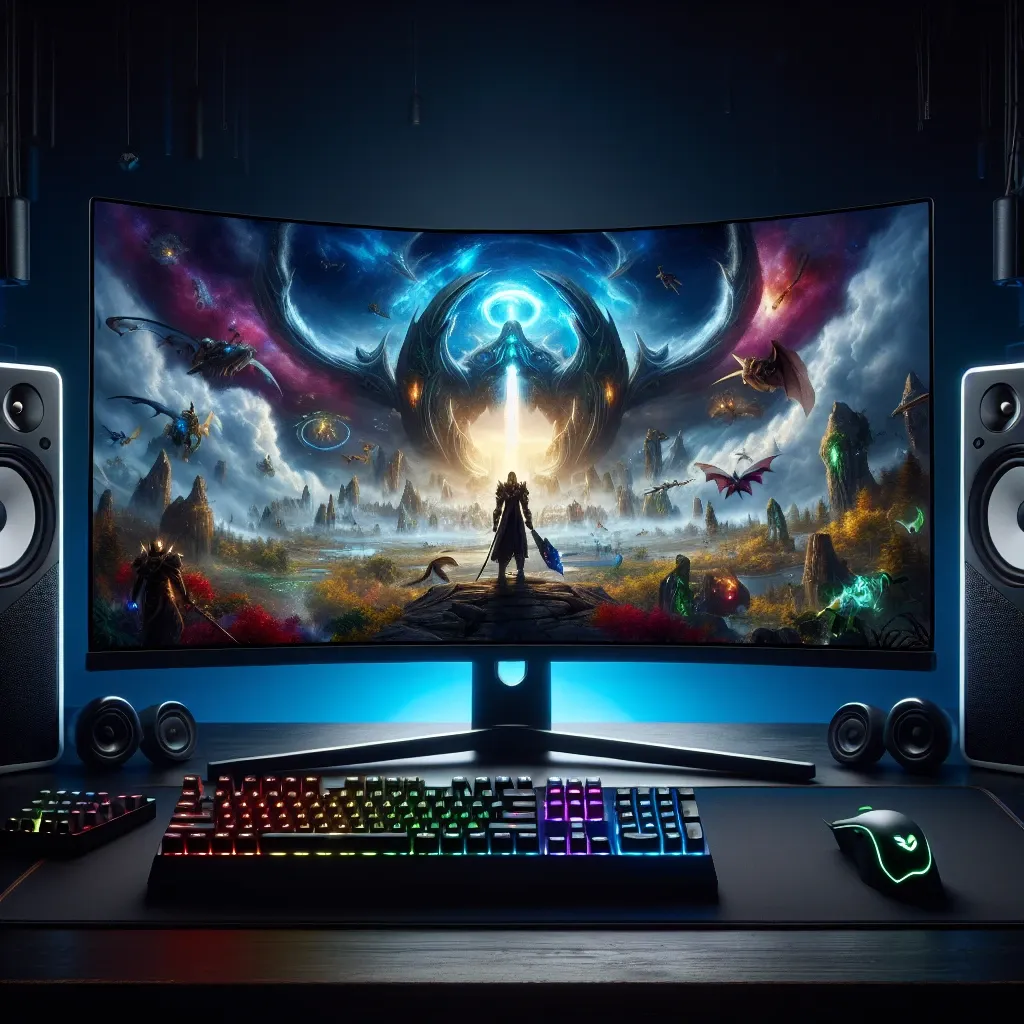Introduction
Gaming has become a popular form of entertainment for many people around the world. Whether you are a casual gamer or a professional esports player, having the right equipment can make a huge difference in your gaming performance. One crucial component of any gaming setup is the monitor.
Why Monitor Size Matters
The size of your gaming monitor can have a significant impact on your overall gaming experience. A larger monitor can provide a more immersive and engaging gaming experience, allowing you to see more of the in-game world and details. It can enhance your field of view and give you a competitive edge by enabling you to spot enemies or hidden objects more easily.
However, it is important to strike a balance between size and performance. While larger monitors may offer a better visual experience, they can also be more demanding on your hardware. To ensure smooth gameplay, you need to consider the capabilities of your gaming rig.
Choosing the Right Monitor Size
When deciding on the best monitor size for gaming, several factors should be taken into consideration:
- Desk Space: Measure the available space on your desk to determine the maximum size of the monitor that can fit comfortably without obstructing other peripherals.
- Resolution: Higher resolution monitors require more processing power, so make sure your graphics card can handle the chosen resolution.
- Viewing Distance: Consider your preferred seating position and the distance between your eyes and the monitor. Optimal viewing distance can vary depending on the monitor’s size.
- Refresh Rate: Aim for a monitor with a higher refresh rate (preferably 144Hz or above) to ensure smoother motion and reduce motion blur.
- Aspect Ratio: Choose an aspect ratio that suits the types of games you play. Most gaming monitors have a standard 16:9 aspect ratio, but ultrawide monitors with a 21:9 ratio offer a wider field of view.
Popular Monitor Sizes for Gaming
While personal preferences may vary, there are a few popular monitor sizes that are commonly recommended for gaming:
- 24-inch: This size offers a good balance of immersion and performance, providing a clear and vibrant display.
- 27-inch: Slightly larger than the 24-inch option, the 27-inch size is popular among gamers who want a more immersive experience without sacrificing too much performance.
- 32-inch: With a larger display area, the 32-inch monitor provides excellent immersion and eye-catching visuals, but it may require a more powerful graphics card.
Conclusion
When it comes to gaming monitors, the best size for you ultimately depends on your personal preferences, desk space, and hardware capabilities. Consider the factors mentioned above to find the ideal monitor size that maximizes your gaming experience. Remember to also prioritize features like resolution, refresh rate, and aspect ratio to ensure an optimal gaming setup.

